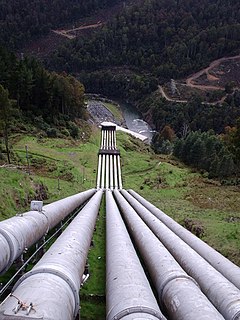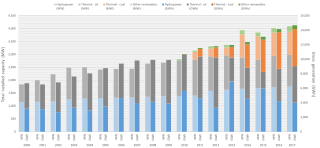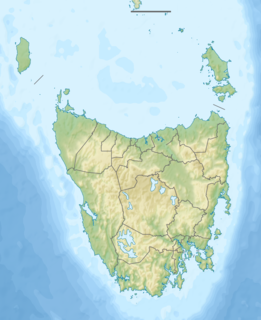| Reginald William Mountain | |
|---|---|
| Born | 1899 London |
| Died | 1981 |
| Nationality | British |
| Occupation | Engineer |
| Engineering career | |
| Discipline | Civil, |
| Institutions | Institution of Civil Engineers (president) |

Reginald William Mountain (1899–1981) was a British civil engineer. [1]
Mountain was born in London in 1899. [2] He served as an officer of the British Army's Royal Engineers during the First World War. [3] From 1919 to 1922 Mountain studied for a Bachelor of Science degree in engineering at Northampton Engineering Day College, graduating with a degree awarded by London University. [3] He left the regular army and was placed in the Royal Engineers Special Reserve of Officers on 1 July 1921. At that point he held the rank of Second Lieutenant with seniority of 16 April 1921. [4] He remained in the reserve and was promoted to Lieutenant on 7 August 1925 with his seniority backdated to 16 April 1923. [5] Mountain left the reserve and resigned his commission on 15 November 1930. [6]

The British Army is the principal land warfare force of the United Kingdom, a part of British Armed Forces. As of 2018, the British Army comprises just over 81,500 trained regular (full-time) personnel and just over 27,000 trained reserve (part-time) personnel.

The Corps of Royal Engineers, usually just called the Royal Engineers (RE), and commonly known as the Sappers, is one of the corps of the British Army.
Mountain undertook three years of pupillage with an engineer in Switzerland. [3] During this time he wrote an academic paper on "Rotary converters for railway use" that was published by the Institution of Civil Engineers (ICE) and won the institution's Miller Prize and James Forrest Medal. [3] By 1931 Mountain had become an Associate Member of the ICE and was involved in hydro-electric energy and electricity systems. Mountain continued to publish academic papers on subjects relating to hydroelectricity including a description of the method of electricity transmission used by the Central Electricity Board in Scotland and economic aspects of hydroelectric developments. [7] [8] He wrote about the Galloway hydro-electric power scheme, co-authoring a book on the subject and writing a journal article on the connection of the scheme with the National Grid. [9] [10] Mountain collaborated with fellow hydroelectric engineer Angus Paton on a paper describing Paton's Owen Falls hydroelectric scheme built in 1948. [11]

The Institution of Civil Engineers (ICE) is an independent professional association for civil engineers and a charitable body in the United Kingdom. Based in London, ICE has over 92,000 members, of whom three quarters are located in the UK, while the rest are located in more than 150 other countries. The ICE aims to support the civil engineering profession by offering professional qualification, promoting education, maintaining professional ethics, and liaising with industry, academia and government. Under its commercial arm, it delivers training, recruitment, publishing and contract services. As a professional body, ICE aims to support and promote professional learning, managing professional ethics and safeguarding the status of engineers, and representing the interests of the profession in dealings with government, etc. It sets standards for membership of the body; works with industry and academia to progress engineering standards and advises on education and training curricula.
In 1925 Lord Weir chaired a committee that proposed the creation of the Central Electricity Board (CEB) to link the UK’s most efficient power stations with consumers via a ‘national gridiron’.

The Galloway hydro-electric power scheme is a network of dams and hydro-electric power stations in Galloway, south west Scotland. It was built between 1930 and 1936.
Mountain served as President of the ICE for the November 1962 to 1963 session. [1] By this point he was a member of both the ICE and the Institution of Electrical Engineers. [12] Mountain died in 1981. [1]

The Institution of Electrical Engineers (IEE) was a British professional organisation of electronics, electrical, manufacturing, and Information Technology professionals, especially electrical engineers. It began in 1871 as the Society of Telegraph Engineers. In 2006, it ceased to exist independently, becoming part of the Institution of Engineering and Technology (IET).















